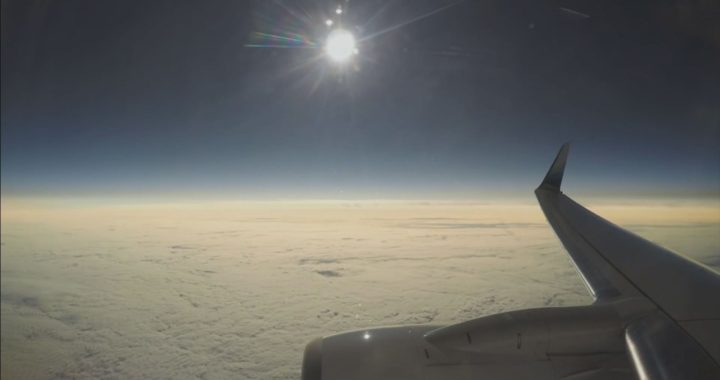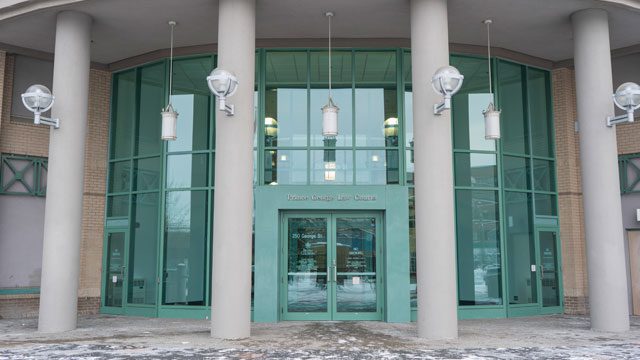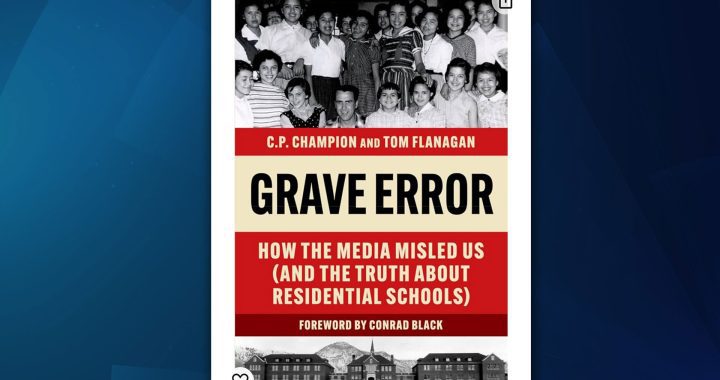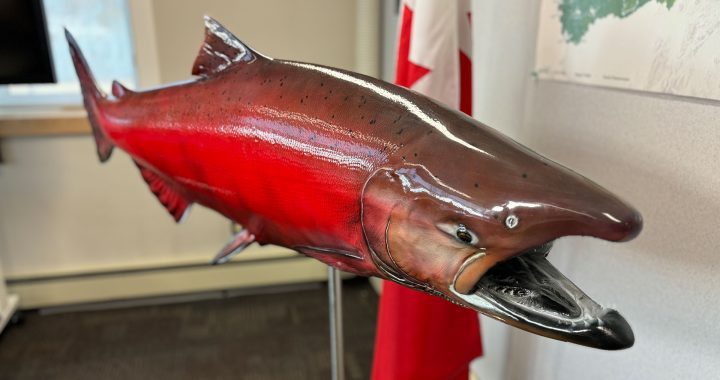
When Donna Desjarlais looks at her firearms licence her heart sinks a bit but she gets mad too.
The 63-year-old kokum from Sandy Bay First Nation, two hours northwest of Winnipeg, has been wearing braids her whole life, sitting proudly on her shoulders.
“I went to two residential schools, Sandy Bay from 1969 to 1970 and Brandon from 1970 to 1972,” she tells APTN News. “At Brandon, they tried to cut my braids but I said ‘no don’t’ and a nun said ‘Ok you keep your hair clean you can keep it long.’”
Her older sister wasn’t so fortunate, they cut hers.
Donna started wearing her braids every day for the past several years as a stand against what residential schools took from her family and culture.
“Every day I braid my hair and I pray for strength,” Desjarlais says. “I think of an elder I used to see braid her hair. She’s passed on her name is Flora Beaulieu.”
Last September she went to nearby Gladstone, Man., to get a new photo taken to send to the RCMP who administer the Possession and Acquisition Licence (PAL) program in Canada.
“The man in there told me to put my pigtails behind me. I said ‘they’re not pigtails they’re braids, they make me proud of who I am,’” she says.
But she complied and months later, it’s still chewing at her.
“I shouldn’t have to have my braids behind me. What would they say to (Jagmeet Singh) if he went for a photo somewhere – what would they say about his turban?”
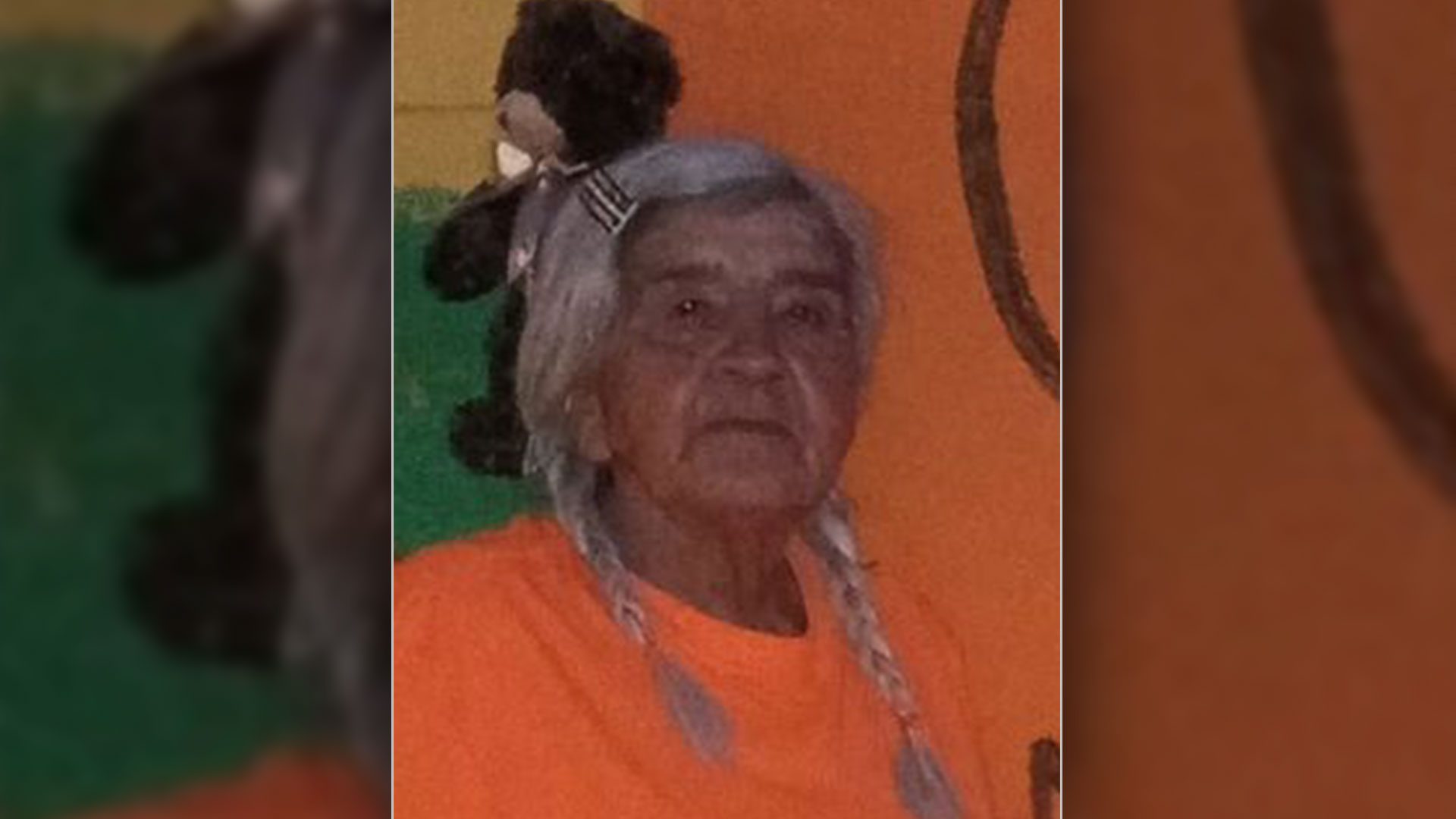
The kokum says braids should be as respected on government identification as other religious headwear, which is allowed, provided it doesn’t cover the face.
She wants to see others with long hair, wear braids for a national day of solidarity and more people have their braids for government photos.
“I think everyone with long hair should wear braids at least one day a year like we do for ribbon skirts,” she says.
Don Kinley of Broadfoot-Fraser Agencies in Gladstone where Desjarlais went to have her picture taken says he doesn’t remember the exchange that day but aims to take photos that won’t be rejected by the government so he errs on the side of caution so no one has to do a retake.
Desjarlais was wearing a barrette that day with her braids as she always does. Her PAL photo shows them tucked out of sight and the barrette gone.
She says she’s not doing that again when it’s time to renew her photo.
“It shouldn’t be like that. The barrette I understand but not the braids,” she says.
“No one should tell us how to wear our braids. Leave my braids alone.”




